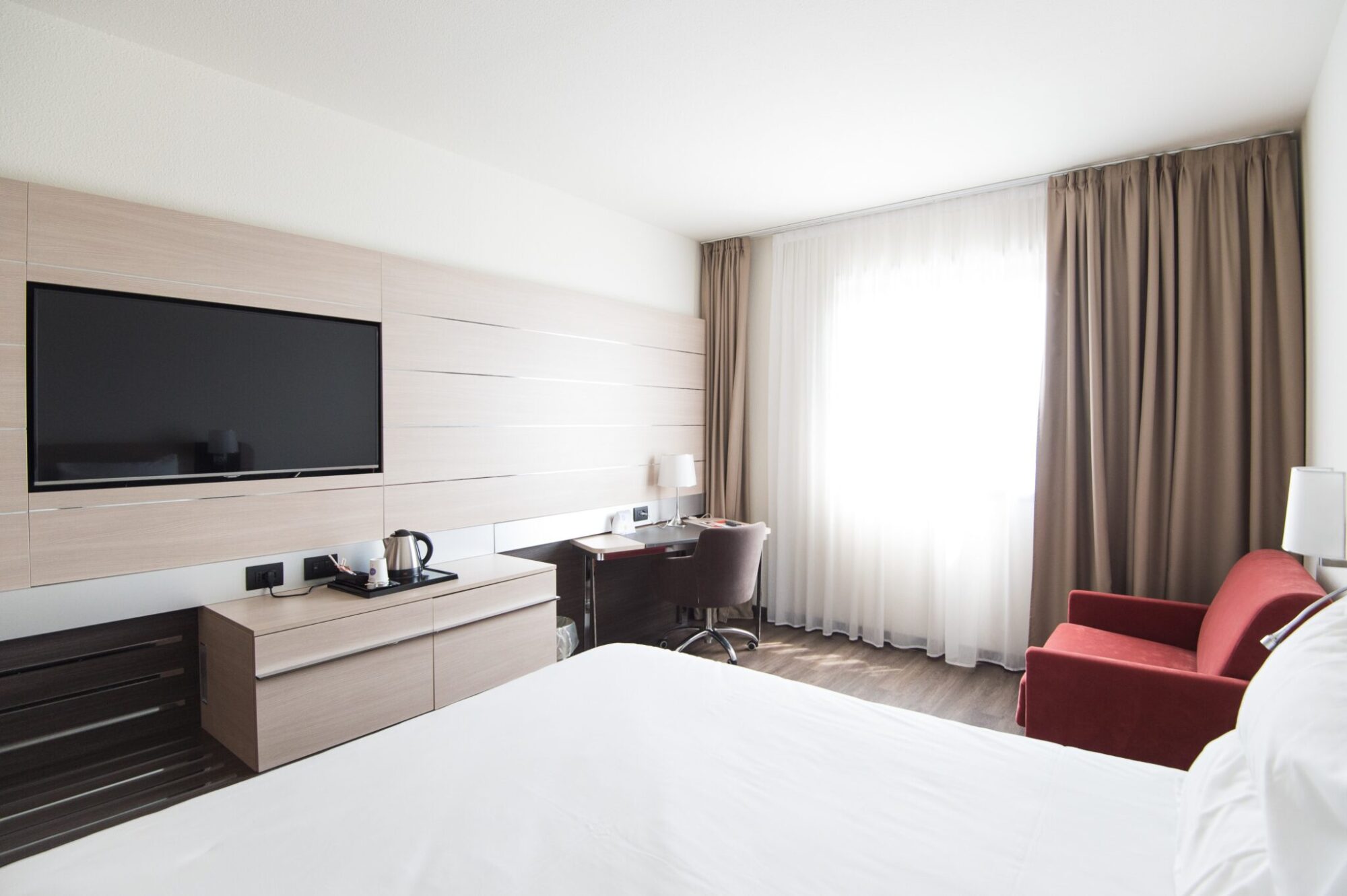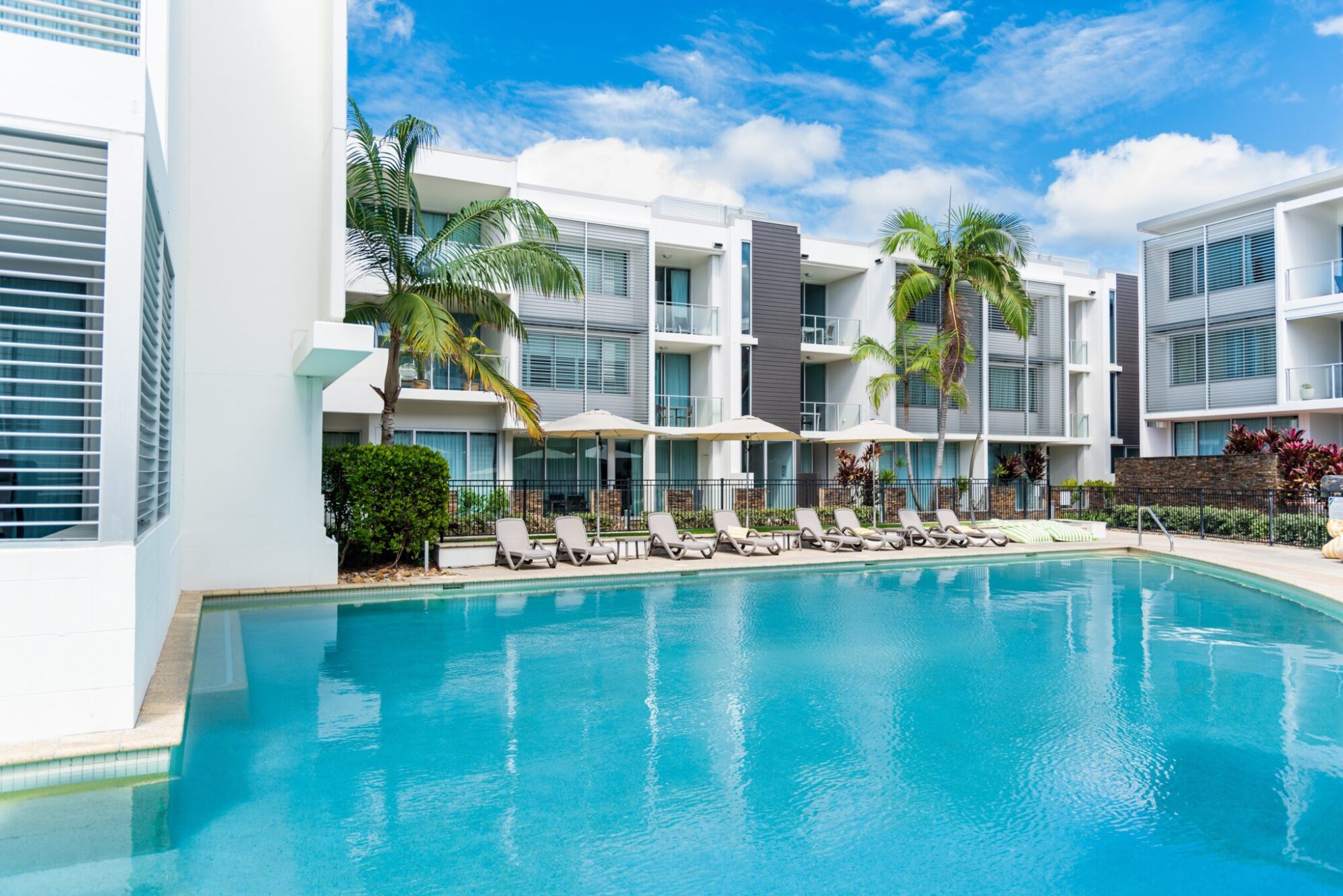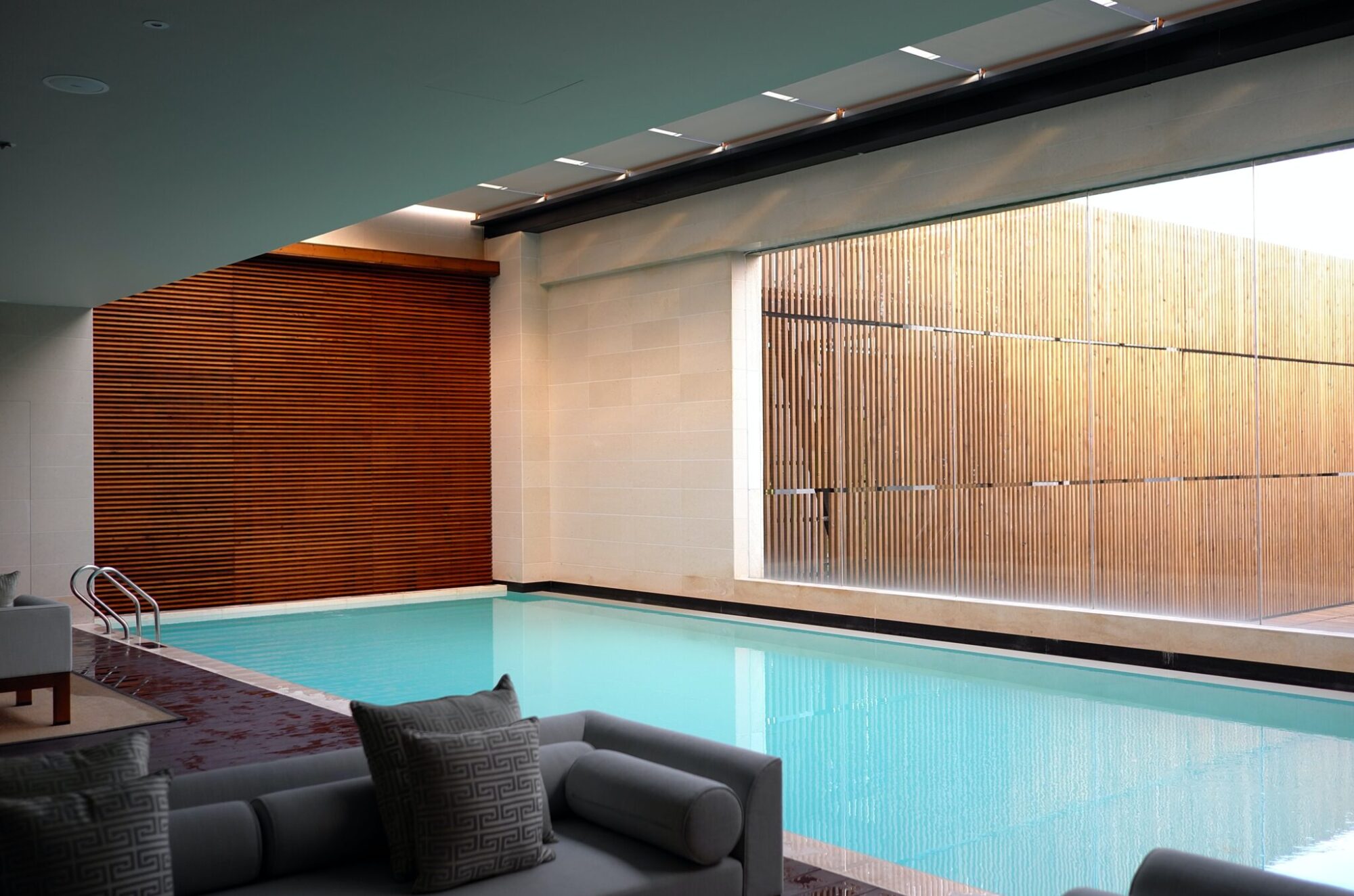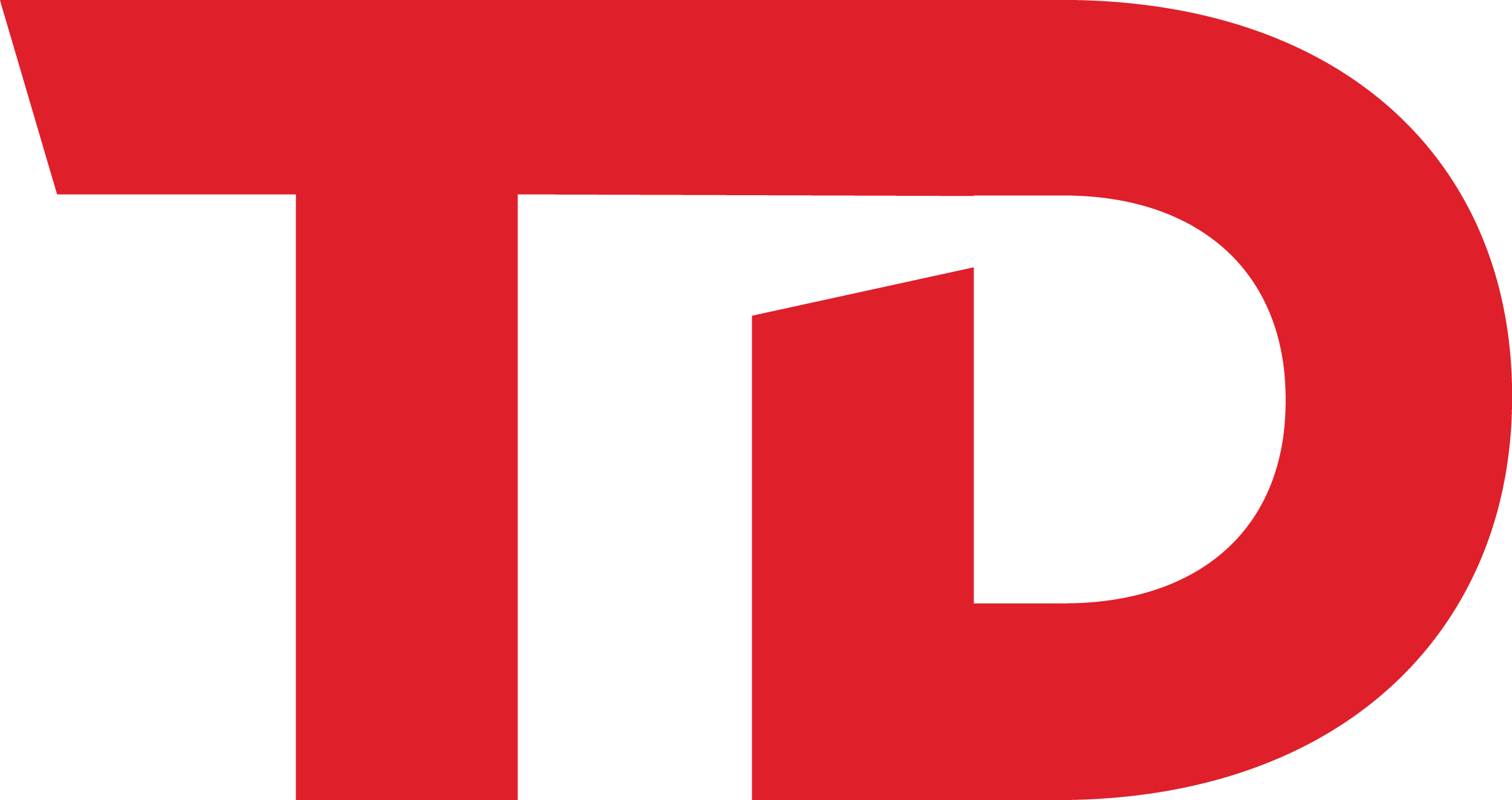Preparing for 2021 with lessons from a year we’ll never forget
 As we look forward – in more ways than one—to 2021, it’s time to reflect and reset our expectations for the year ahead. So let’s take what we learnt through the course of the pandemic and assess what lessons we can apply to our industry in the future, says Rachel Grier, area vice president of Asia Pacific at IDeaS Revenue Solutions.
As we look forward – in more ways than one—to 2021, it’s time to reflect and reset our expectations for the year ahead. So let’s take what we learnt through the course of the pandemic and assess what lessons we can apply to our industry in the future, says Rachel Grier, area vice president of Asia Pacific at IDeaS Revenue Solutions.
Be Prepared
I am sure we can all agree this year did not exactly go to plan. From toilet paper wars in supermarket aisles to stockpiling of canned goods – we were not at our finest in the early days of the outbreak. But as always, humanity prevailed, with many rallying to provide meals for emergency teams, acknowledging front-line workers, donating time, shelter and assistance to those in need.
For the hospitality industry, which had experienced years of annual RevPAR growth, the polar change in demand and occupancies in Q2 was nothing short of shocking. As businesses globally closed due to restrictions or financial crisis, the relevancy of a continuity, contingency and risk plan became reality. Looking into 2021, the development of a reopening strategy is business critical. It is time to develop strategic plans that encompass multiple scenarios exploring potential internal and external variables.
What if my destination is restricted to domestic travelers for the next 12 months – how will this impact my current segmentation and affect revenue streams? What if my government restricts gathering of large numbers – how else can I repurpose my banquet space, the catering kitchens? Do I need to re-hire my sales team again – or perhaps phase hire based on contracting and travel windows? Can I possibly outsource some services until my business returns to sustainable levels? How compressed is the local labor supply for casual or contract workers? Will this restrict my ability to meet my operational requirements?
Now is the time to plan and create a variety of data-based simulations to prepare for various potential business landscapes and your planned response.

Understand Differences
As we cautiously see green shoots of recovery in APAC, it is essential that as we create plans across the different phases of business return, we truly understand our market segmentation – and in more detail than ever before. No longer just “domestic” segment, this needs to be further expanded into sub-segments and include differences not only in personas and product alignment but also factoring revenue elements such as propensity to cancel, pricing sensitivity, booking lead times, and channel performance by micro-segment.
Data is key to this exercise and will help you understand and create the sub-segments and persona matrix for your new normal. A better and more granular understanding of the differences within your potential new guest mix will power more accurate forecasts, higher marketing ROI and conversion rates by channel.

Put Your Best Food Forward
History shows that following a crisis, people tend to embrace indulgence and live more freely. The Roaring 20’s followed the 1918 Spanish Flu pandemic. Nations shimmied in sequins, feathers and joyously flung their arms and legs about doing the Charleston. Post 9/11 saw a surge in using the “best china” every day and was coupled with an uptick in luxury goods purchases. Chris Gray, Psy.D and founder of consumer psychology consultancy Buycology explains this post-crisis behavioral phenomena:
“Luxury items provide a sense of possibility and freedom to dream. When you are in the middle of a crisis, it is hard to dream. People are focused on the day-to-day versus being able to think about how life may be better in the future. This opens another opportunity for luxury brands to be able to provide people with that sense of aspiration and possibility.”
For hotels, this means a likely increased demand for higher category room types. As travelers emerge from their hospitality hiatus, their first hotel booking will have more significance and will be underscored by a more feature-based search and selection criteria compared to pre-COVID hotel stays. This translates to less price sensitivity, a desire for rooms with views and special inclusions at a minimum.
Part of your recovery planning should therefore include a review of display orders and content across all channels and of course your own booking engine on brand.com. (i.e., lead with superior or suite product rather than entry-level rooms). Those hotels that deploy tracking and analysing booking curves by room type and exercise pricing methodology based on demand at a room-type level will drive profitability and win market share.

Make the Best of Things
Whether it was baking sourdough, crafting, seeking artisanal pursuits, indulging in old-fashioned nursery food style dishes, becoming a first-time gardener or tackling home-renovation, 2020 saw a return to the traditional. Many took the opportunity to spend time with loved ones and be more present. Time at home meant sharing of old stories and dusting off the family photo albums, reminiscing on the past.
Domestic destinations are experiencing recovery ahead of other sectors – with travelers returning to their favorite family location such as holiday parks, regional country towns and national wildlife or heritage areas. With air-travel unavailable, unaffordable or undesirable to many, the drive market is paving the road forward for many accommodation providers. Your regional tourism information centers, domestic distribution channels should be revisited, and you may need to print brochures – and bring muffins!
In this new environment, hoteliers should be prepared for shorter lead times and adjusted inventory management. Hotels should focus on family friendly options like interconnecting rooms or flexible room capacities and provide transparency in any extra person or rollaway charges. The family or drive market may often be seen as a lower yielding or price sensitive segment; however, don’t underestimate the pent-up demand for luxury and indulgence. Hoteliers should highlight features, promote add-on experiences and upgrade options that will enable the guest to make that first hotel stay memorable.
With the resurgence of the drive market, review your car park capacities and policies. Car parking is an ancillary revenue stream that is worth analyzing as an opportunity for yielding. Are you including parking for free? Do you need to give this away? Can you dynamically price your parking rates as the domestic drive market demand increases? It is time to revisit all of the standard policies and processes – they may simply no longer be relevant.
Plus ça Change, Plus C’est La Même Chose
The more things change, the more they stay the same. Although we may want to hit Ctrl-Alt-Dlt on 2020, I do believe our new normal and 2021 will be better – different but better. Travel will rebound eventually. As a hotelier of 30 years, I’ve been through pilot strikes, oil crises, political coups, SARS, bird flu, swine flu, MERS, terrorist attacks, financial crashes and natural disasters, and yet in each instance, the hospitality and travel industry reinvented and returned stronger than ever.
The hospitality industry is defined by its name – being open and hospitable to guests from any walk of life. And as we open our doors with caution and care, we will again have the opportunity to serve. I look forward to seeing you again in 2021.


Comments are closed.